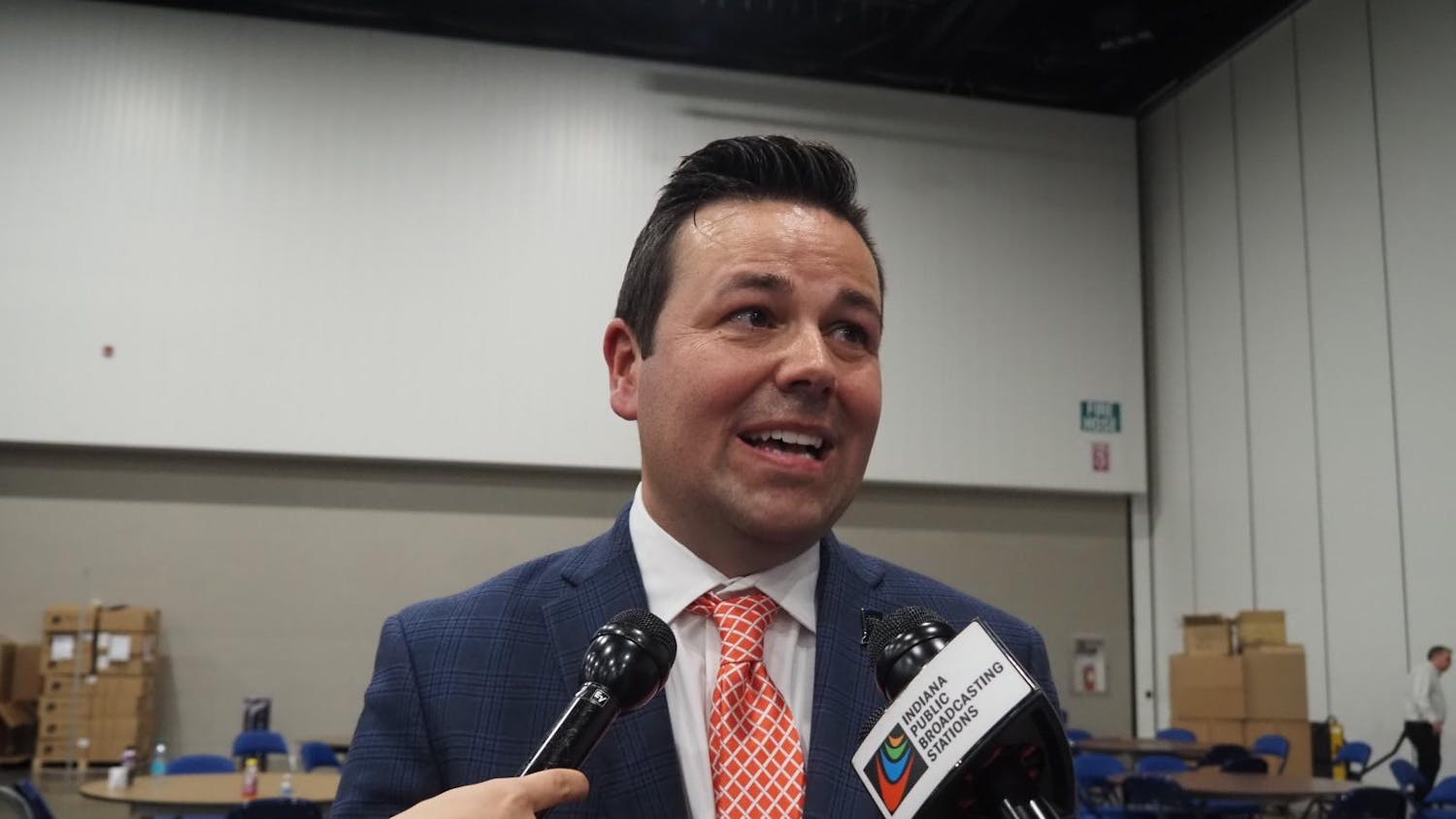Lowering one’s impact on the environment might be a new source of income.
Starting June 15, My Emissions Exchange, a Web site focused on certifying drops in carbon emissions, will issue carbon credits that can be exchanged for money.
According to the Energy Information Administration, the energy consumed in homes and businesses has a large influence on the annual changes in energy-related carbon dioxide emissions.
The U.S. carbon dioxide emissions from residential sector energy consumption went up from 961.7 million metric tons of carbon dioxide in 1990 to 1,249.5 million metric tons in 2007. That’s a 30 percent increase, according to the Energy Information Administration Web site. Seeing the rise in pollution last year, Paul Herrgesell, project manager for My Emissions Exchange, and others founded the site.
“This is a way for people to do something for the environment,” Herrgesell said. “Carbon emissions are very closely related to energy consumption – the big part is you being able to connect your bill and see the result, actually see the difference.”
The carbon credit system currently measures by 1 metric ton. Once a person accrues one credit of carbon emissions, the proceeds go to the customers, Hergesell said.
Marjorie Hershey, a political science professor at IU, said she thinks giving people the ability to monitor their carbon dioxide and trade it for cash could be a good thing.
“If individuals could get some sort of tangible credit for doing these things, that would make a difference in climate change,” Hershey said in an e-mail. “It won’t be easy to monitor. Auto emissions are among the biggest sources of CO2, and because catalytic converters don’t really reduce CO2 emissions, that leaves individuals’ use of their cars as a major cause of climate change.”
Hershey said individuals can buy energy-efficient cars and use their cars in an energy-efficient ways, such as buying cars that get more miles per gallon, keeping tires inflated to the proper pressures, carpooling whenever possible, using mass transit or walking instead of cars and finding routes that don’t involve sitting in traffic jams.
Right now, the idea of trading carbon credits between companies and individual citizens is being done in a voluntary market, Hergesell said.
But the Web site is open to anyone who wants to sign up and see examples of what his individual carbon footprint is or watch comedic videos on the effects of carbon. The Web site will enter its second phase on June 15, when people will be free to enter their information and, if they reduce their emissions, can trade that to voluntary companies for credits.
“There has been a lot of interest in crediting,” Hergesell said. “I think for sure this will be a part of whatever the government decides to do.”
Web site tracks carbon footprint
Get stories like this in your inbox
Subscribe





